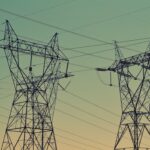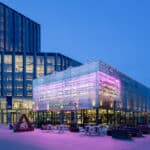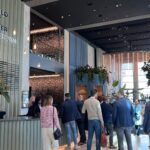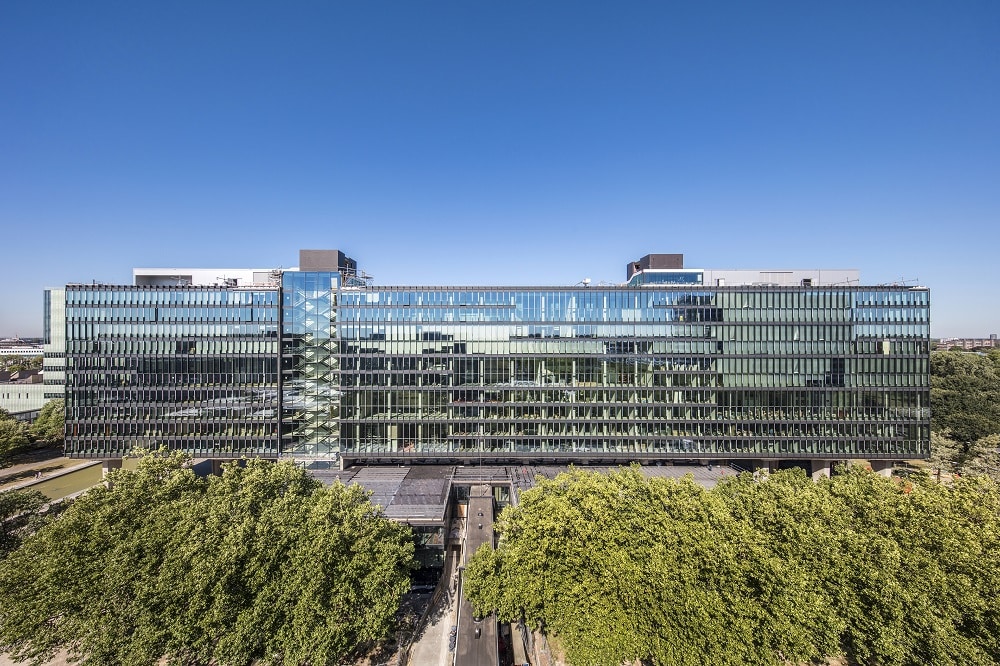
Three striking sustainable buildings
During the Dutch Green Building Week, the greening of the construction sector was discussed. Fortunately, there are an increasing number of innovative initiatives in the Netherlands to make buildings more sustainable. Three striking initiatives are described below.
The most circular building
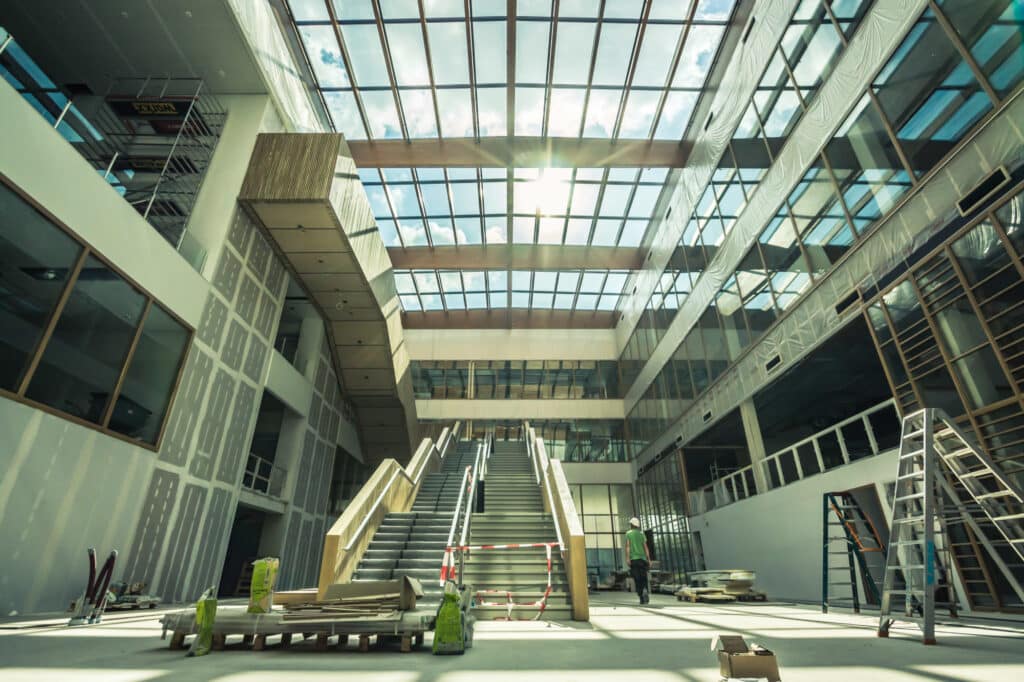
In November 2017, the construction of the most circular and smart building in the Netherlands began: the new Global Food Innovation Centre on the campus of Wageningen University. Sustainability and intelligence are the most important starting points for the design. And with a score of over 90%, the Global Foods Innovation Centre will be one of the most sustainable buildings in the world.
90 to 95% reused
During the construction of this building, the waste flow was kept as small as possible. Some 90 to 95% of the glass, wood and aluminium used has been reused. By means of, for instance, solar panels on the roof and a heat/cold storage in the ground, the building becomes energy-neutral. In addition, the building is equipped with sensors that measure whether there is someone in the room. This means that rooms do not need to be cleaned or heated unnecessarily. The various building elements have also been designed so that they can be disassembled, which means that they can be easily reused in the future.
Construction is now almost complete and the building will be handed over in the autumn of 2019.
Marc Hofstede, consultant at CFP: “An interesting measure that has been applied to this building is the solar panels in the roof. The glass roof contains solar panels that both generate energy and protect against solar heat. This is still quite exceptional, but we are seeing more and more innovations in the field of solar energy incorporated into the glazing. An example is what is known as a power window, in which a coating in the glass absorbs direct and indirect light and relocates it to the side so that the window frames can convert the light into electricity. The power of these innovations is much lower than that of conventional solar panels, but commercial real estate often has a lot of window space. In order to make these buildings energy-neutral, innovations of this kind can contribute a great deal of sustainable energy.”
The most sustainably renovated building in the Netherlands
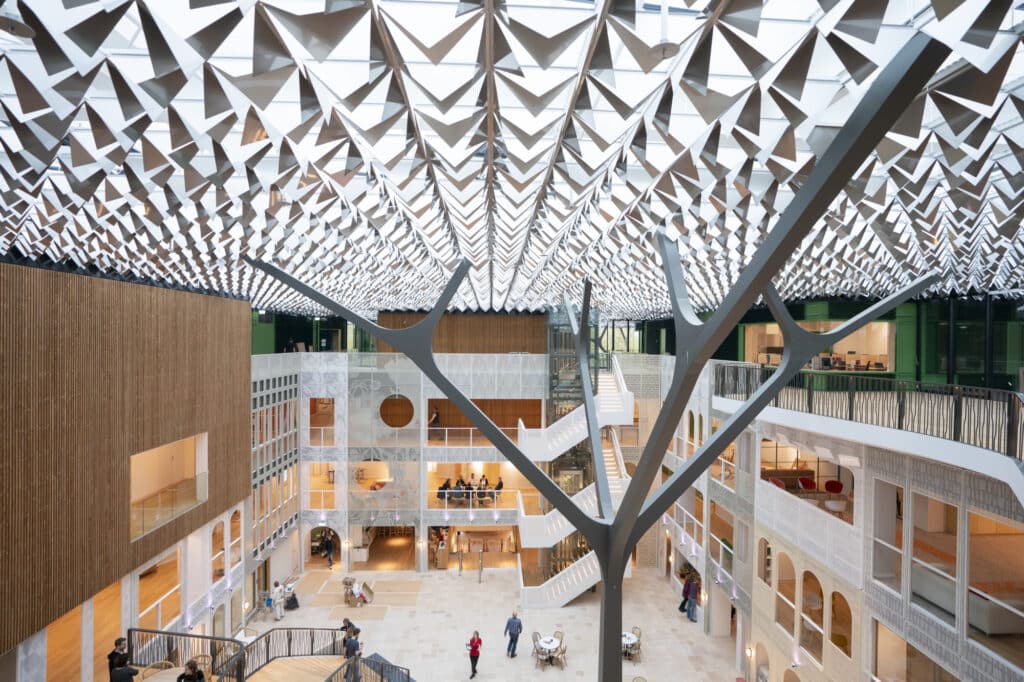
For almost 10 years, this building in Amsterdam Zuid was empty. That was until the Good Causes Lotteries saw opportunities. In 2016, the building was completely renovated according to the BREEAM-NL guidelines and the building was handed over in December 2018. With a total score of 92.61% (BREEAM-NL Outstanding), this is the most sustainably renovated building in the Netherlands.
Use of new architectural innovations
The building has a large number of sustainable architectural innovations to make it energy and water-neutral. Various sustainable innovations have been applied, for example, on and under the roof. The leaf roof collects rainwater for the use of the building, but also contains high efficiency solar panels. The building also has energy-generating windows and part of the insulation material consists of moulds. Another unique feature of this project is that it was sustainably demolished prior to construction.
Marnix Balke, Projectmanager at CFP: “The aluminium leaf roof provides a splendid image and allows light to enter conveniently and collects water. The next step in technology are the so-called “artificial leaves”. Like plants, these artificial leaves convert CO2 into oxygen and other compounds. From light energy to chemical energy. We are heading for buildings that absorb CO2 and put it to good use!”
The most sustainable education building in the world

The renovation of Atlas, the world’s most sustainable education building, was recently completed in Eindhoven. Renovation began in 2017, reducing the building’s CO2 emissions by around 80 percent, while more than doubling the number of users. Atlas is rated with the highest BREAAM score Outstanding (96.01%).
Innovative window system
The 1963 building is connected to the heat and cold system of the university campus and is fitted with solar panels. In addition, the building has a highly insulating glass curtain wall with an innovative window system. The windows open automatically when needed. At night, the windows can slide open to cool and purify the air. The building also uses Smart Energy Saving Lighting.
Marnix: “What makes Atlas special is that the building also serves as a Living Lab where innovative sustainable technologies can be demonstrated in a real-life environment. Think, for example, of innovative PV cells and Intelligent Lighting. The knowledge gained will be shared with the construction industry.”
There are many opportunities, but also challenges to implement circular initiatives in buildings and construction projects. Find out how we can help you future-proof your buildings.
